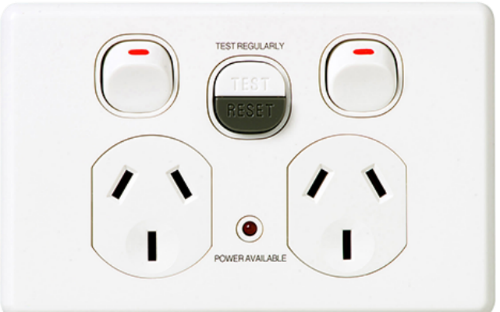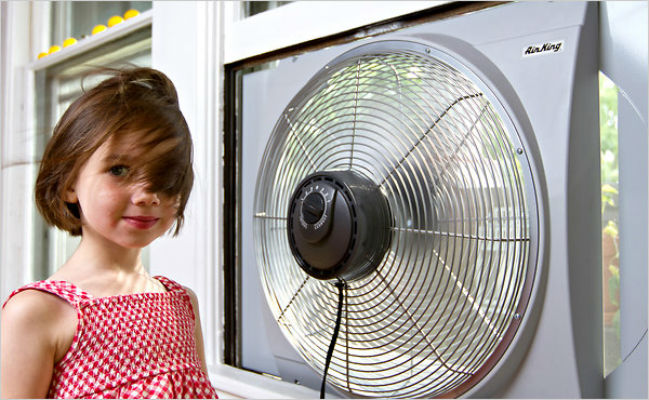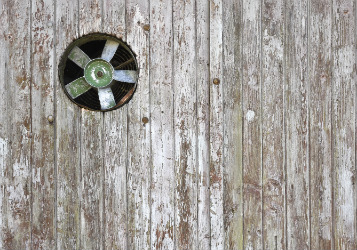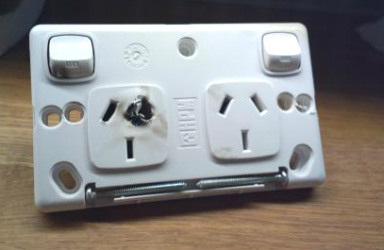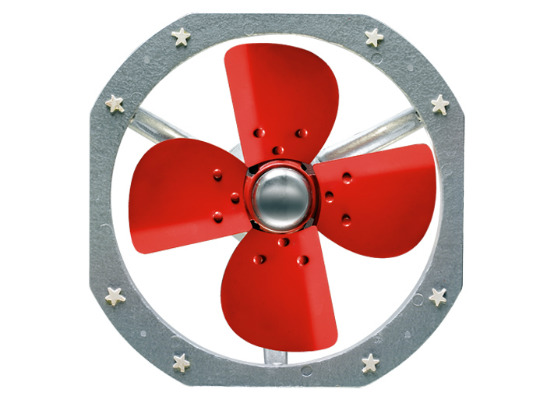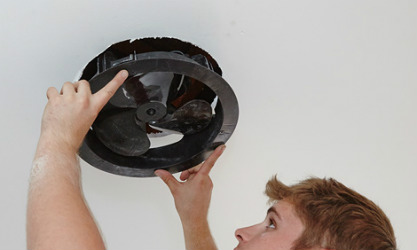
Trying To Save Money Can Cost You A Fortune
Should you buy your own gear for an electrical job or let the electrician supply it?
Some people are very focused on minimising the costs of any home improvement project they undertake.
For electrical work, this shows up as the client purchasing and supplying their own materials. They believe that they can save money by buying direct rather than having the electrician supply the gear.
Sometimes the client can save money this way, especially with they type of appliances typically available at major hardware chains.
The buying power of the major hardware chains can result in some very cheap prices, although the brands are usually not the same as those the contractor would source through a wholesaler.
Most contractors wouldn’t have a problem with their clients supplying some of the gear, provided it is properly approved and certified for use in Australia.
Although the client is trying to save money by supplying their own gear, in many cases the client ends up paying much more than if they just let the electrician take care of things.
For example, most electrical wholesalers have a “Cash Sale” price for walk-in customers that is considerably higher than the trade price they charge to electricians for the same item.
Just because a client purchases something from a wholesaler doesn’t mean they are getting a bargain.
We have seen plenty of examples where the client would have got their gear cheaper if we purchased it, added a margin and GST and sold it to the client, compared to the price the client had paid direct.
A client often can save some money by providing their own materials, but in doing so they also take on the risk associated with those materials.
If the contractor supplies gear that turns out to be faulty they will be able to supply replacement items under warranty and probably cover the labour cost of replacing the faulty parts as well.
If the client supplies an item that is faulty then the client has to deal with getting a replacement under warranty and also bear the full cost of labour to rectify the problem.
One of our clients arranged for us to install a new electronic timer they had purchased. The timer turned out to be faulty and the client lived 45 minutes drive from our workshop. If we had supplied the timer we would have borne the cost of rectifying the situation.
The client saved $15 on the cost of the timer, and got a free replacement, but paid an extra $200 for having it installed twice.
Another client purchased their own sensor light and saved a tiny amount of money and then wore the cost of an after hours callout when the light failed soon after being installed.
Yet another client purchased their own air-transfer fan and a separate speed controller, but the two items weren’t compatible. The motor burnt out and the client ended up paying twice for both the fan and the installation.
So, yes sometimes it is possible to save money on buying your own materials, but you should probably get a quote from your contractor to make sure you aren’t unintentionally dudding yourself.
When you do provide your own gear you should be aware of the potential risk you assume and compare that risk to the small savings you are making on the purchase costs.
If you focus on cost alone, your job may actually cost you much more than you need to pay.
It’s better to focus on value and ensure you get a great result at a fair price and without taking on the hassles usually taken care of by the electrical contractor.
Know the cost before you start. For a free quote on all electrical work phone Mance Electrical on 6331 4711

